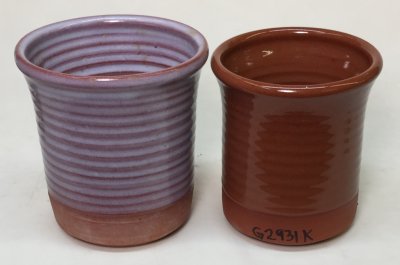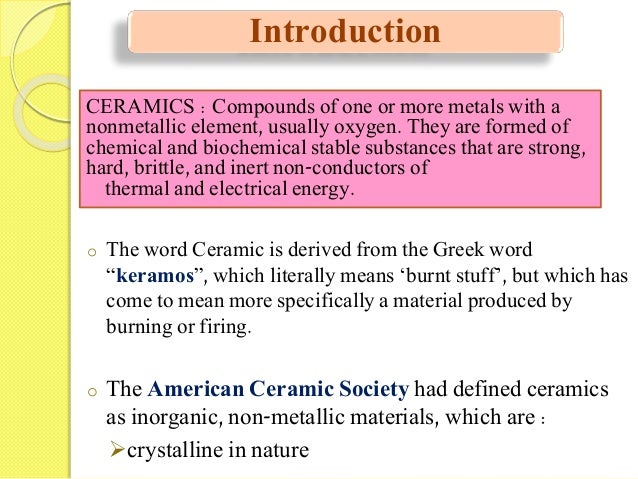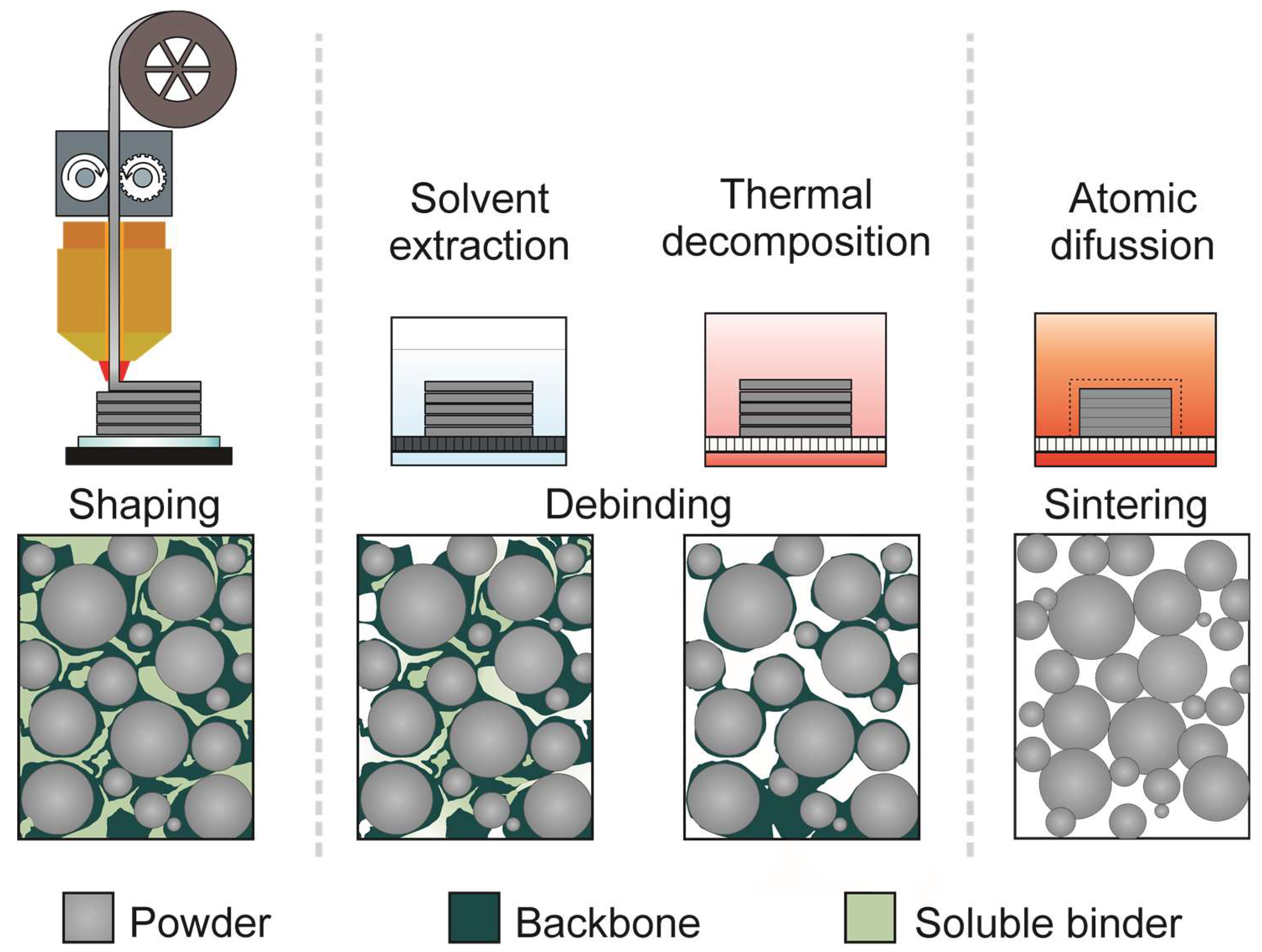Ceramic Binder Definition

Binders are substances that improve the mechanical strength of green ceramic bodies so they can pass through production steps before firing without breakage.
Ceramic binder definition. The pattern is designed with the materials already mentioned plastic wood metal etc. Binder jetting also referred to as binder jet printing bjp is a 3d printing method in which powder is deposited layer by layer and selectively joined in each layer with a liquid binder 10. An inorganic binder such as kaolin don t burn off instead they become a part of ceramic. The ceramic parts contain only 2 5 vol binder solids basis which increases the strength of the ceramic systems by at least a factor of 8 while the strength of al2o3 components increases by a.
Different from material jetting the binder jetting printed object is self supported within the removable powder bed fig. The ceramic molding process can be summarized in 7 steps. A ceramic material is an inorganic non metallic often crystalline oxide nitride or carbide material. Many materials can be used as a pattern because most of them support the low temperature which is used in the ceramic molding process.
Compaction of ceramic powders is a forming technique for ceramics in which granular ceramic materials are made cohesive through mechanical densification either by hot or cold pressing. They reduce the friction between the particles between granules and between the powder compact and the walls of the die. An overview of the major types of organic and inorganic binders used in various different ceramic industries. A basic solution compatible with most ceramic and metal powders.
Ceramic slurry is obtained by mixing ceramic powder carrying vehicle binder and dispersant to produce uniformly dispersed ceramic slurry. The binders are particularly useful in tape casting processes for the manufacture of thin ceramic sheets which are used as substrates for electronic packaging. Excellent binder for producing high temperature protective coatings and refractory and chemically resistant adhesives and patching materials. Binders for ceramic products are provided which are crosslinkable and impart improved tensile strength to ceramic green bodies.
It is important to optimize the slurry composition in order to obtain high green density low green shrinkage and sufficient green strength to produce defect free demolding. The compaction process permits an efficient production of parts to close tolerances with low drying shrinkage. They withstand chemical erosion that occurs in other materials subjected to acidic or caustic environments. Binder selection depends on the type of pressing that is to be done.
The mix is injected into a binder. The resulting green part must later be sintered in a kiln.









